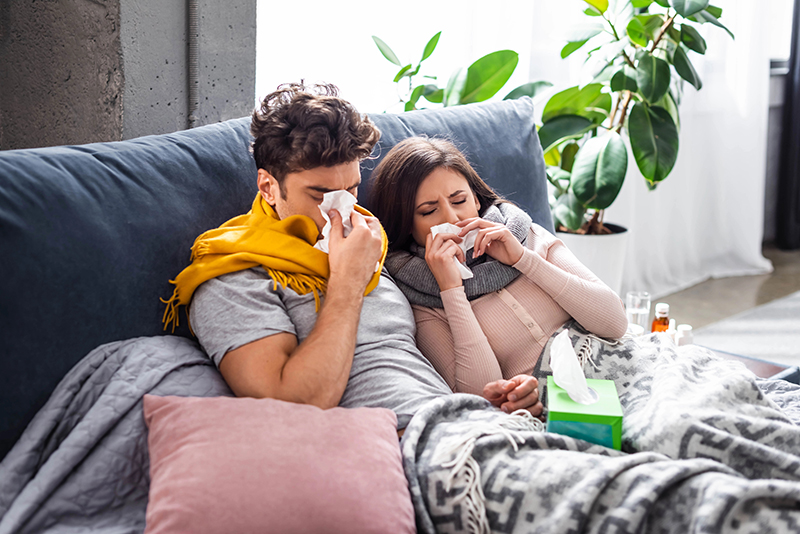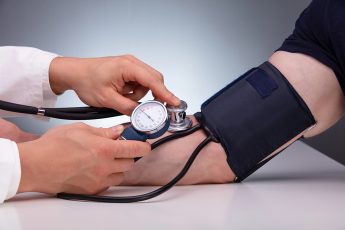ED note: My partner was sick for four weeks and I was sick for two weeks. It was so bad we took 2 COVID tests and both were negative. We had runny noses, coughed a lot, had no energy, and didn’t have much of an appetite. I was not sure what it was. But thanks to my friend Chickie in Hillcrest 24, she told me it sounded like RSV. I looked it up and bingo! The article was interesting because it also talked about the flu and COVID.
The article went on to say Methods of Transmission and rate of transmission: Virus droplets from cough or sneeze enter eyes, nose, or mouth. Direct contact with infected person or touching surfaces with the virus on it and then touching your face before handwashing. I still know folks who use the bathroom and don’t wash their hands. One told me, they only wash their hands when they are in a public bathroom. Oh great, last time they were over I probably touched what they touched. It is a fact that the
best defense for any type of virus is to wash/sanitize your hands and keep them away from your face. RSV is a common respiratory virus.
• RSV stands for respiratory syncytial virus. It infects the human respiratory tract. The name of the virus comes from the specific way of virus reproduction in the cells of the respiratory system. The virus replicating causes the adjacent, infected epithelial cells to merge into large structures called syncytia. In RSV infection, the virus enters cells in the nasal cavity and paranasal sinuses. It causes inflammation, which is a defensive reaction from the immune system. Inflammation causes the nasal mucosa to produce more mucus and dilate the blood vessels in the nose. Other symptoms include:
- Runny nose
- Nasal congestion (a feeling of a stuffy or blocked nose)
- Sneezing
- Itchy nose
- Postnasal drip (Excess mucus produced in the nasal passages may drip down the throat).
In healthy adults, symptoms of RSV infection are usually quite limited, and the disease is mild. Most often, the symptoms of infection caused by the RSV resemble a common cold. RSV can be treated with over the counter medications. However, the elderly or those with weakened immune systems and a history of respiration problems should probably check with their doctor.
Flu is a contagious respiratory illness.
- Symptoms: Fever, feverish chills, cough, sore throat, runny or stuffy nose, muscle or body aches, headaches, fatigue and in some cases vomiting and diarrhea. Symptoms show within 2-4 days after exposure.
- Usual Duration & Recovery: Signs and symptoms typically resolve from 3-7 days but can last upwards of 2 weeks in some cases.
- Methods of Transmission and rate of transmission: Spread by tiny droplets made when people with flu cough, sneeze or talk. Touching surface or object with flu virus on it then touching mouth, nose or eyes.
Norovirus aka “stomach flu” or “stomach bug”
- Symptoms: Nausea, vomiting, diarrhea, stomach pain and in some cases fever, headache, and body aches. Symptoms show within 12-48 hours after exposure to norovirus.
- Usual Duration & Recovery: Most people get better within 1-3 days.
- Methods of Transmission and rate of transmission: Eat food or drink liquids contaminated with norovirus. Touch surfaces or objects with norovirus then put fingers in your mouth. Have direct contact with infected person by sharing food or drinks with them.






